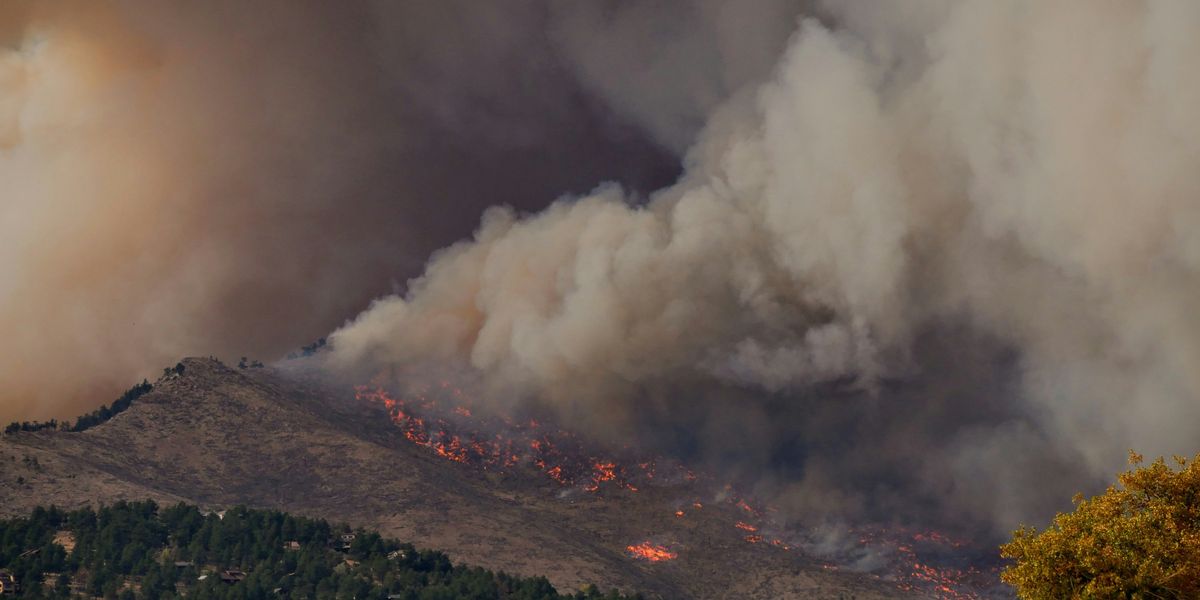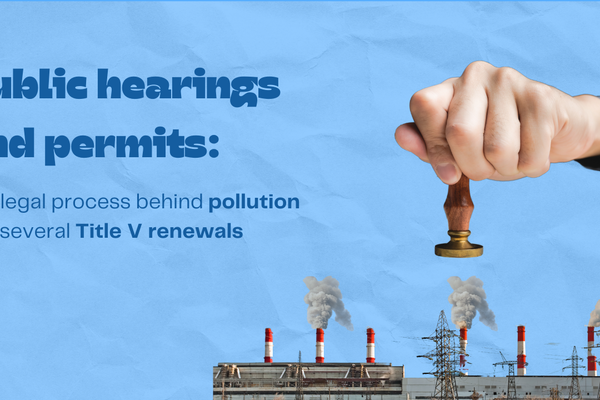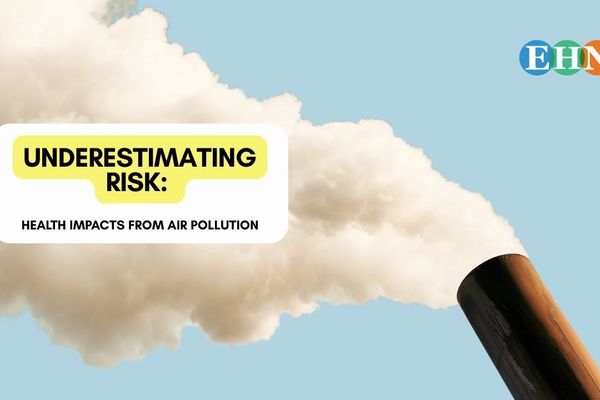
Kentucky utility plans more natural gas and solar power, moving away from coal
To meet growing energy demands from data centers, Kentucky's largest utility, LG&E and KU, plans to expand natural gas and solar power while reducing coal usage in its energy mix.
Liam Niemeyer reports for Kentucky Lantern.
In short:
- LG&E and KU aim to add up to 1,000 megawatts of solar power by 2035 and four natural gas plants by 2028, moving away from coal-fired power.
- Kentucky's data centers, which require extensive electricity, are expected to raise demand by 30%-60% by the early 2030s.
- Environmental advocates argue for faster renewable adoption, challenging the utility’s reliance on fossil fuels amidst proposed federal emissions limits.
Key quote:
“Replacing generation at the scale necessary for compliance is not reasonable” under the EPA’s timeline for reducing greenhouse gas emissions.
— LG&E and KU planning documents
Why this matters:
Kentucky remains one of the most coal-dependent states, but increasing federal emissions standards could press utilities to transition faster to cleaner energy. As data centers boost demand, the move toward natural gas and solar will shape the region’s energy future and impact greenhouse gas emissions.
Read more: When coal plants decrease pollution or shut down, people have fewer asthma attacks













